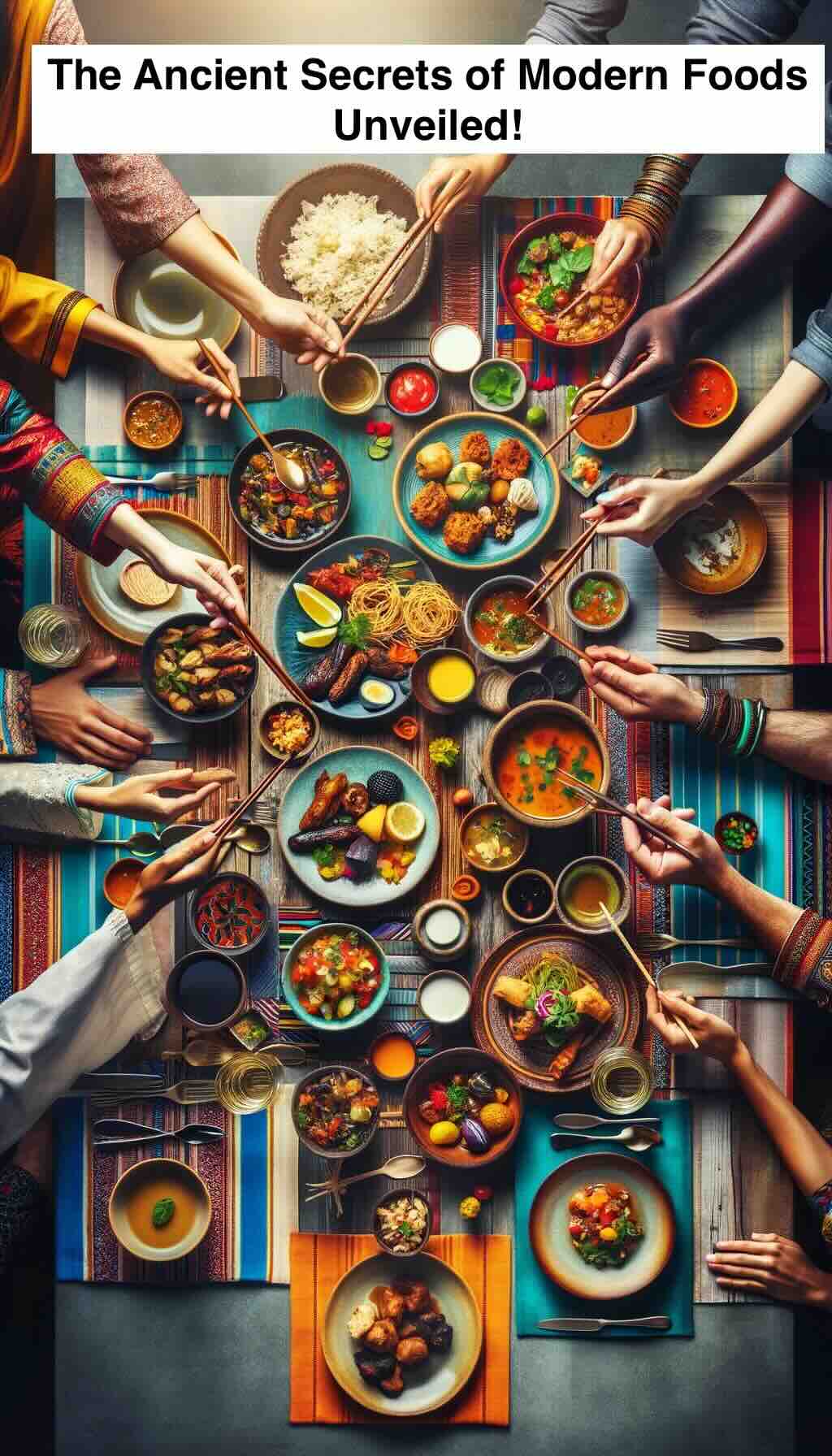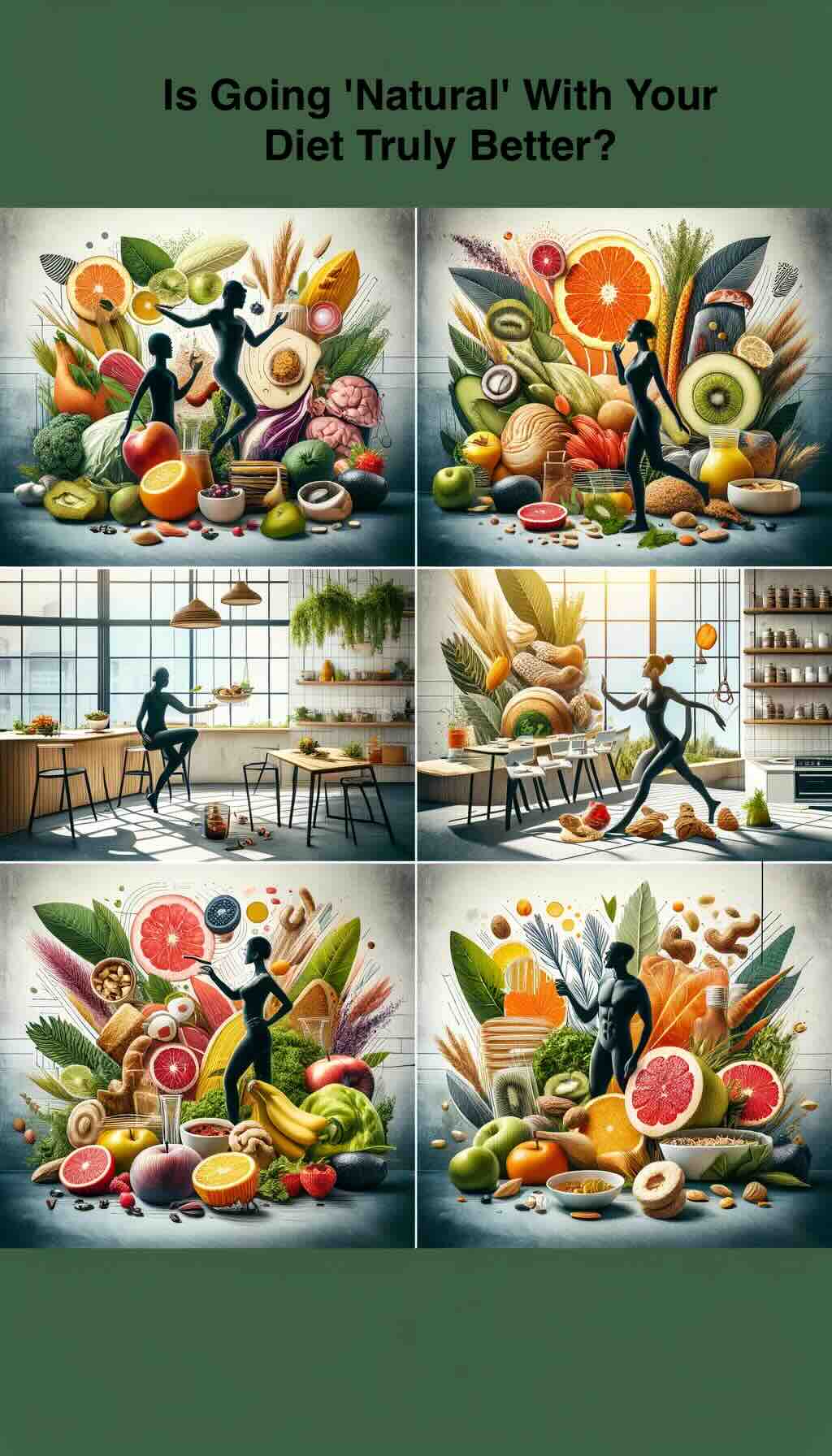
The First Meal of the Day, Reimagined
Breakfast in America is more than just the first meal of the day; it’s a cultural icon steeped in history, revolutionized by science, and constantly reshaped by economic and social tides. From the simple fare of early settlers to today’s Instagram-worthy brunches, the evolution of American breakfast tells a story of innovation, marketing genius, and a relentless pursuit of convenience.
The Humble Beginnings
In the early days of the republic, American breakfast was a pragmatic affair. Leftovers, bread, and whatever was readily available fueled the start of the day. This simplicity was born out of necessity, with the morning meal reflecting the agrarian lifestyle of most Americans.
The Cereal Revolution
The late 19th century brought a seismic shift with the invention of breakfast cereal. What started with moldy dough in the Kellogg brothers’ sanitarium in Battle Creek, Michigan, turned into a breakfast revolution. The introduction of Corn Flakes transformed the American breakfast landscape, offering a quick, nutritious, and, crucially, digestible option. This marked the beginning of the packaged food era, setting the stage for the breakfast convenience that Americans would come to value above all.
Bacon and Eggs: A Marketing Masterstroke
The pairing of bacon and eggs as the quintessential American breakfast was not a tradition but a calculated move by Beech-Nut Packing Company in the 1920s. A brilliant marketing campaign, aimed at boosting bacon sales, forever changed American breakfast plates. This highlights the significant impact of advertising on food culture, demonstrating how breakfast trends can be shaped by economic interests.
The Scientific and Nutritional Lens
The 20th century saw a growing understanding of nutrition’s role in health, significantly influencing breakfast choices. The vilification of carbs and fats at various points, alongside the glorification of proteins and vitamins, led to dramatic changes in what was considered an “ideal” breakfast. The rise of vitamin-fortified cereals and the emphasis on a “balanced breakfast” reflect this shift towards a more health-conscious America.
Fast Food and the On-the-Go Lifestyle
As America moved faster, so did its breakfast. The advent of fast food breakfast options in the latter half of the 20th century catered to the busy American lifestyle, prioritizing speed and convenience. McDonald’s introduction of the Egg McMuffin in 1971 revolutionized breakfast, making it a meal not just to be eaten at home but also on the go.
Today’s Breakfast: A Melting Pot of Influences
Modern American breakfast is a tapestry of global influences, dietary trends, and a revival of artisanal practices. Avocado toast, smoothie bowls, and international dishes reflect America’s diverse palate and interest in healthier options. Meanwhile, the brunch phenomenon has turned breakfast into a social event, blending traditional meals with contemporary flavors and Instagram-worthy presentations.
The Future of Breakfast
Looking ahead, the future of American breakfast seems to blend tradition with innovation. Plant-based options, sustainability concerns, and the continuous quest for convenience are shaping what Americans eat in the morning. As dietary trends evolve, so will breakfast, yet the meal’s essence as a communal, comforting start to the day remains unchanged.
A Meal that Mirrors Society
The story of American breakfast is a mirror to its society: diverse, ever-changing, and innovative. It’s a meal that has adapted to technological advancements, scientific discoveries, and cultural shifts, all while maintaining its place as a cornerstone of American identity. As we sit down to our morning meal, we’re not just fueling our bodies; we’re partaking in a rich historical tapestry, one that continues to evolve with each sunrise.
FAQs for “Craving a Full Plate or Just a Latte? What’s Your American Breakfast Anthem?“
1. What originally defined American breakfast?
Initially, American breakfast was simple and pragmatic, consisting mainly of leftovers, bread, and other readily available foods, reflecting the agrarian lifestyle of the time.
2. How did breakfast cereals become a staple in American breakfast?
Breakfast cereals became a staple due to the Kellogg brothers, who introduced Corn Flakes as a healthy, ready-to-eat option, revolutionizing breakfast with the convenience of packaged food.
3. Why are bacon and eggs considered a classic American breakfast?
The pairing of bacon and eggs was popularized in the 1920s by a marketing campaign by the Beech-Nut Packing Company, aiming to increase bacon sales, demonstrating the power of advertising in shaping food habits.
4. How has nutritional science influenced American breakfast choices?
Nutritional science has greatly influenced breakfast choices, with shifts towards foods perceived as healthier based on current understanding, such as vitamin-fortified cereals and balanced meals.
5. What role does fast food play in the evolution of American breakfast?
Fast food has catered to the fast-paced American lifestyle, offering quick, convenient breakfast options like the Egg McMuffin, transforming breakfast into an on-the-go meal.
6. How does modern American breakfast reflect global influences?
Today’s breakfast reflects global influences through the incorporation of diverse foods like avocado toast and smoothie bowls, showcasing America’s varied palate and interest in healthier, international options.
7. What trends are shaping the future of American breakfast?
Current trends shaping the future include plant-based options, sustainability, and a balance between tradition and innovation, reflecting broader dietary and environmental concerns.
8. How has the concept of brunch changed American breakfast?
Brunch has turned breakfast into a social event, blending traditional meals with contemporary flavors and making breakfast a time for leisure and enjoyment beyond mere sustenance.
9. Are there any health concerns associated with traditional American breakfast foods?
Yes, traditional foods high in sugars and fats, like some cereals and processed breakfast meats, have raised health concerns, leading to a shift towards more nutrient-rich and balanced options.
10. Can you suggest simple ways to make a traditional American breakfast healthier?
To make a traditional breakfast healthier, consider using whole grain bread for toast, opting for lean proteins like turkey bacon or plant-based alternatives, adding fruits or vegetables, and choosing unsweetened cereals or oatmeal.
Blog Tags
american breakfast history, cereal revolution, bacon and eggs, nutritional science, fast food breakfast, global breakfast trends, brunch culture, plant-based options, sustainability in food, dietary trends













